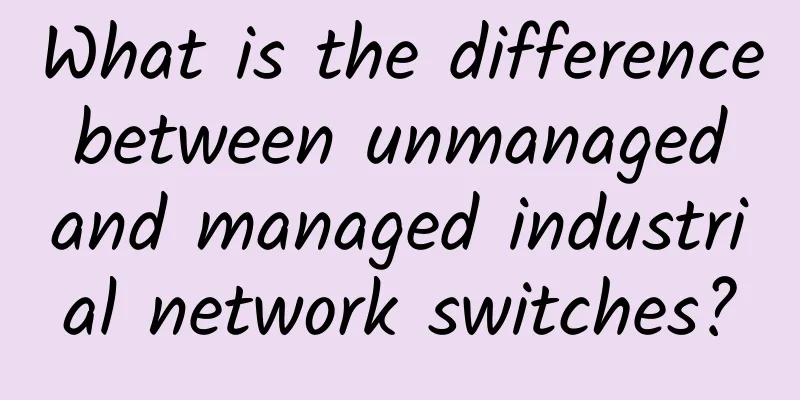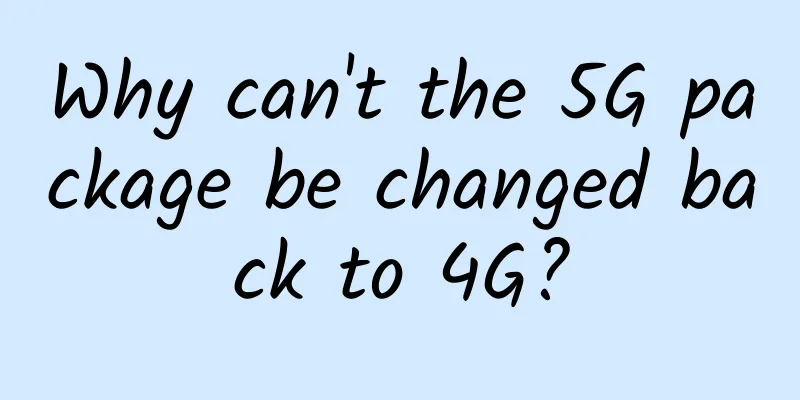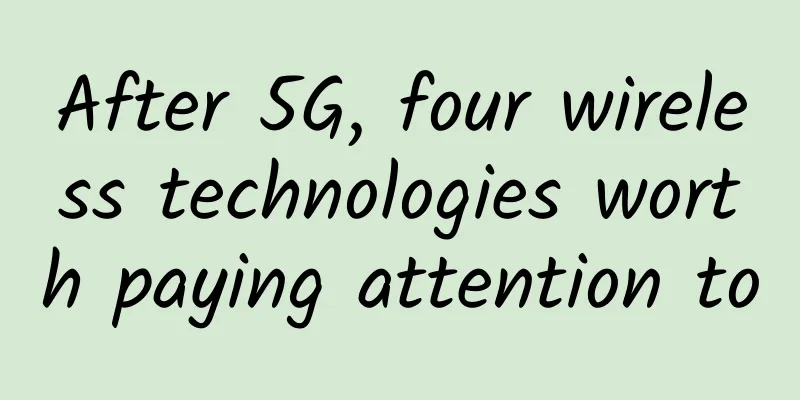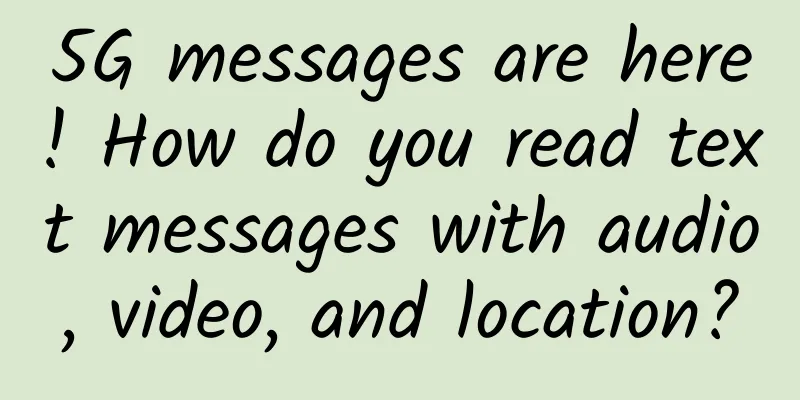3 outages within 1 month, is the 5G core public cloud reliable?
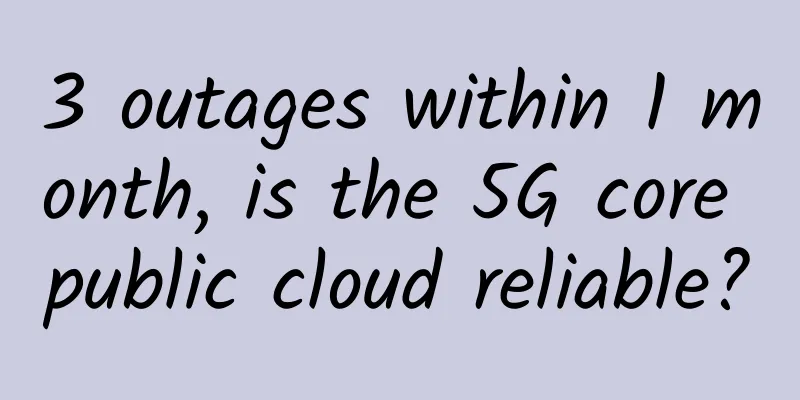
|
This article is reprinted from the WeChat public account "Network Optimization Mercenary", the author is in correspondence. To reprint this article, please contact the WeChat public account "Network Optimization Mercenary". The last month of 2021 has been a nightmare for Amazon — at least for Amazon Web Services. AWS, the world’s most popular cloud platform, suffered three service outages this month. On December 7, 2021, Amazon AWS experienced a large-scale network service outage that lasted for more than 7 hours. The incident not only caused the interruption of streaming services such as Netflix and Disney+, but also affected Amazon's own e-commerce platform and logistics system. On December 15, a data center of Amazon AWS on the West Coast failed, affecting services of companies such as Facebook, Slack, Hulu, DoorDash, and others. On December 22, AWS suffered another system failure, resulting in service interruption for several hours, affecting the application services of many companies including Slack and Epic Games Store. For example, some Slack users were unable to upload pictures or browse messages. As the world's leading public cloud company, it experienced three outages in just one month, affecting not only its own business but also the businesses of customers from all walks of life. As a communications operator, this reminds us of the hot topic of "5G core network on public cloud" in recent years. Is it reliable to migrate the 5G core network, the brain of the operator network, to the public cloud? As we all know, the 5G core network has undergone tremendous changes compared to the previous 4G era. It is based on cloud-native design, adopts SBA architecture and container-based CNF, and can use the cloud platform to elastically and agilely deploy network functions, which provides theoretical support for the public cloud on the 5G core network. As a result, the topic of migrating the 5G core network to the public cloud began to be hyped. The first company to hype this topic should be a company called Athonet, which mainly provides software-based core network and distributed edge cloud solutions. As early as 2018, it announced that its 4G core network was deployed on the AWS cloud platform, which can help customers deploy their own 4G private networks simply and easily, and charge customers a monthly fee of US$99. But at that time, most people in the industry felt that the company's novel and advanced approach was more hype than reality. After all, as a startup company, the right approach was to get more financing. However, in 2020, with the commercialization of 5G, the topic has gradually changed from a gimmick to a trend that people believe may happen. In March 2020, Microsoft announced the acquisition of Affirmed Networks, a cloud-native network solution provider. As a startup founded in 2010, Affirmed provides solutions including vEPC, edge cloud, IoT core network, 5G cloud-native core network, etc. Cloud giant + core network supplier, this combination has made the industry wonder - is Microsoft Azure going to enter the 5G core network market? Almost at the same time, Japanese telecommunications equipment supplier NEC announced that it would provide 5G SA core network solutions running on the AWS platform. Entering 2021, with the start of the deployment of 5G SA and 5G private networks, wave after wave of "big news" has pushed the "5G core network public cloud" to the focus of the industry. In April 2021, Dish, a new US mobile operator, and Amazon announced that they will host the 5G core network and radio access network (RAN) through AWS public cloud infrastructure to provide 5G public network and 5G private network services. In July 2021, US operator AT&T announced that it would migrate its 5G core network to Microsoft Azure cloud. As a leading global operator with nearly 175 million connections, AT&T's move to migrate its 5G core network to Azure cloud has become a hot topic in the communication circle. As operators announced alliances with public cloud giants, traditional telecom equipment suppliers could no longer sit still. Ericsson and Nokia also announced alliances with Google Cloud and AWS to jointly build cloud-native 5G core network solutions. Regardless of whether they are reluctant in their hearts, it is still necessary to show their attitude to operators who favor OTT cloud vendors and showcase their cloud-native core network capabilities. Oh, by the way, I almost forgot a big news that also shocked the industry-on November 30, 2021, Amazon AWS announced the launch of the "AWS Private 5G" service, which will help enterprises complete 5G private network deployment in days instead of months by delivering and maintaining 5G core network and wireless access network software, Small cells, and servers. It also stated that corporate customers do not have to pay for equipment first, but only charge according to network traffic. Obviously, this also means that AWS will deploy 5G core networks for enterprises on its cloud platform. As giants follow suit one after another, the trend of 5G core network public cloud is getting stronger and stronger, giving people a feeling that "this is the future", but is it easy to achieve? First of all, of course, there are performance and reliability issues. Compared with IT or public cloud operations, operators' networks require higher reliability, lower latency, less jitter, more timely traffic management, stricter requirements for performance and service quality, and stricter regulatory supervision. For 5G private networks, since they directly affect the stability of enterprise production and operations, the requirements for network reliability and stability are more stringent. Especially for the UPF function that carries the user plane, large-capacity data processing and forwarding have extremely high performance requirements. Can public clouds meet telecom-grade reliability and performance requirements? Looking at the fact that AWS experienced service failures three times within a month, and then looking at the various outage incidents of public cloud giants in recent years, one cannot help but be suspicious. Secondly, there are data sovereignty and security issues. Can public cloud giants meet all government regulatory requirements? Can they keep all user data in the country? Can they meet regulations like GDPR? Secondly, there is the complexity of deployment and maintenance. The 5G core network is a system that integrates hardware and software into "fragments", and has added many functional entities, introduced edge computing, network slicing and other capabilities, and integrated 2/3/4G core networks, IMS networks, network management and orchestration systems, OSS/BSS, etc. Compared with the core network in the 4G era, the deployment work is much more complicated. Now we have to add another step and migrate it to the public cloud. Wouldn't it further increase the complexity of the work? Perhaps, for new operators like Dish, which do not have the burden of traditional networks and assets, it would be easier to deploy 5G core networks on the public cloud in one step. But for traditional operators, the complexity they face is simply unimaginable. It is probably due to the above challenges and other reasons we have not thought of that, as of now, among the operators that have deployed 5G SA in the world, that is, among the operators that have completed the deployment of 5G core networks, none of them has adopted the model of cooperation with OTT cloud vendors for deployment. What is more worthy of reflection is that if the core networks of operators are all migrated to the public cloud, for the operators themselves, especially those that have withdrawn from or do not have public cloud services, it is like handing over the brain and heart of the network on which they rely for survival to OTT cloud vendors. What will be the consequences? Will the cost of maintenance and upgrades in the future be higher? If the cost is getting higher and higher, you have the idea of changing to another cloud vendor for hosting, but is it so easy to transplant the brain and heart? The original purpose of NFV and network cloudification was to avoid being locked in by traditional equipment suppliers through software and hardware decoupling. Now, aren’t they locked in by OTT cloud vendors again? Finally, can we think about it in reverse? Why can we only integrate telecom cloud into public cloud, but not public cloud services into telecom cloud? This is a question. |
<<: 5G network speed has shrunk? Q3 saw a year-on-year decline of up to 39%
>>: United States: Suspend 5G deployment!
Recommend
[6.18] TmhHost: 20% off on CN2 GIA/high-defense cloud servers in Hong Kong/Japan/USA, starting at 35 yuan per month for CN2 in Japan
TmhHost is a Chinese hosting company founded in 2...
5G architecture innovation is obvious and the bearer network should fully support it
5G will become one of the hot technologies in the...
What is CDN? A detailed explanation of CDN in one article
[[254871]] In today's mobile Internet era, mo...
Experts in Cyber Threat Response in the Digital Age | Weibo Online Officially Announces Brand Upgrade
Recently, on the occasion of its seventh annivers...
Detailed explanation of TCP/IP acceleration principle
Please look at this case first: For a certain key...
What are the risks encountered when migrating a data center and how to deal with them?
When an enterprise develops to a certain extent, ...
ERROR 1273 (HY000): Unknown collation: 'utf8mb4_unicode_520_ci'
Today, when importing a MySQL database, I encount...
How do analog phones achieve full-duplex communication?
Full-duplex communication refers to the ability t...
5G makes IP network a trillion-dollar market, and 8 years of network upgrades have been hard on operators
Through the concentrated bombardment of media pro...
JuHost: Hong Kong VPS limited 40% off starting from $2.99/month, 1G memory, 20G SSD, 1TB monthly traffic
Last month, I shared information about JuHost, a ...
Lenovo Debuts at Microsoft IoT Conference, Driving Business Intelligence Innovation with Smart IoT Devices
On December 3, the highly anticipated 2019 Micros...
Six ways 5G can save the global supply chain
5G enables real-time data at the point of origin,...
The explosion of the Internet of Things has forced the advancement of edge computing
According to research firm IDC, spending on the I...
50% of the traffic on the Internet is generated by crawlers?
[[238571]] Among a large number of technical term...
HostingInside: $35/month-E3-1230v3/8G memory/1TB hard disk/2.5TB monthly traffic/Taiwan server
HostingInside is a Taiwan-based hosting company f...


